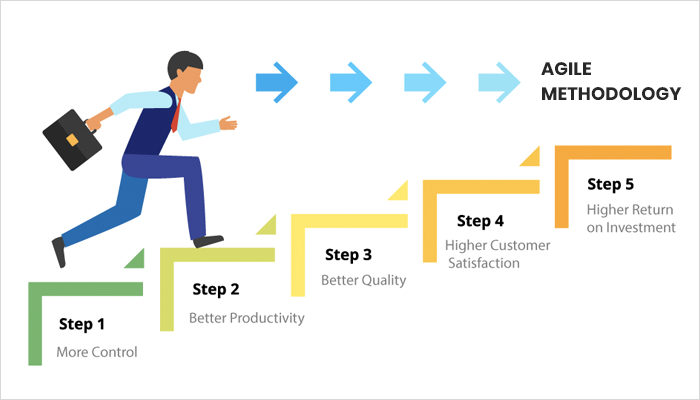
Sprint retrospective meetings are essential for new teams as they help you understand- How much can actually be accomplished by a team and what can be the efficient sprint length for the projects in the future. How much the team members were able to accomplish and how much was expected?.

Whether the task load distribution was balanced?.What can be improved or made better in the next sprint sessions?.a sprint retrospective meeting is about analysing. Such feedback can be incorporated in next sprint cycles. This also opens the door for any important reassessment or feedback on the deliverable from the client. A sprint review meeting and a sprint retrospective meeting.Ī sprint review is going to happen with the client to show them the finished product. Sprint Review and Retrospective MeetingsĪt the end of each sprint, two more meetings are expected.

In a daily stand-up meeting, a participant can tell what he/she accomplished the day before and what he/she is going to do on the same day.Ħ. This will help the team members to reassess anything if needed. It can also be used to identify and remove the bottlenecks.ĭuring the sprint, daily short 15 minutes stand-up meetings are expected.

Make sure the task load is balanced i.e every member is given an equal share of load and no one is overburdened.Ī graphical workflow document can be developed to have shared understanding and transparency among the team members. In the meeting, certain task responsibilities are going to be assigned to each memberĪfter that the steps of implementing those tasks are to be briefly discussed. Unlike the waterfall model that forces complete development before a release, Agile methodology tends to deliver features of the product at the end of each smaller development life cycle.Īlso, before starting the project, a high level plan for feature releases is to be developed and at the beginning of each development lifecycle, you can re-evaluate the release plan for a feature.īefore starting the actual development (sprint), a “sprint planning meeting” is needed to be held among the stakeholders. Once we are done with planning the project and creating the roadmap, the next step is to plan the release. Product backlog will contain all the tasks that will be pulled by the teams during the development phase of Agile i.e sprints. Product roadmap also means creating the product backlog. This is a planning stage component that will be used by the teams to develop the product during sprints.

Once the team members are aware of the above two factors, they need to know the steps to achieve the end goal for their clients.Ī product roadmap is all about features breakdown of the final product. A team also needs to know the project value to their organization and of course, the client.
#AGILE METHODOLOGY STEPS SOFTWARE#
There are many popular agile frameworks like Scrum, Kanban, Dynamic Software Development Method (DSDM), Crystal Methodologies, Feature Driven Development (FDD) and Extreme Programming (XP) but all these agile methodologies have the same underlying process of six basic steps. This allows the teams to handle and react to client needs effectively. Agile project management promises to produce short development lifecycles and frequent product releases.


 0 kommentar(er)
0 kommentar(er)
